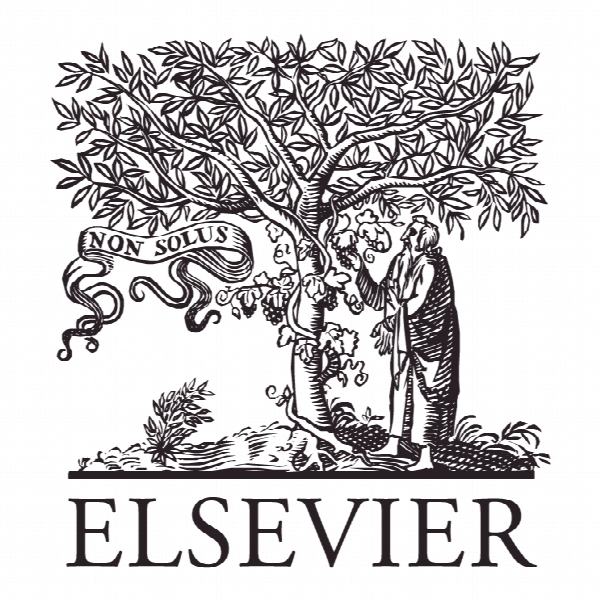کاربرد سناریو های مصنوعی در اشاره به نگرانی های منابع آبی: مطالعه حوزه رودخانه کلرادو Application of synthetic scenarios to address water resource concerns: A management-guided case study from the Upper Colorado River Basin
- نوع فایل : کتاب
- زبان : انگلیسی
- ناشر : Elsevier
- چاپ و سال / کشور: 2018
توضیحات
رشته های مرتبط مهندسی عمران
گرایش های مرتبط مدیریت منابع آب
مجله خدمات آب و هوا – Climate Services
دانشگاه University of Nevada – Reno and Nevada State Climate Office – United States
شناسه دیجیتال – doi http://dx.doi.org/10.1016/j.cliser.2017.10.003
منتشر شده در نشریه الزویر
گرایش های مرتبط مدیریت منابع آب
مجله خدمات آب و هوا – Climate Services
دانشگاه University of Nevada – Reno and Nevada State Climate Office – United States
شناسه دیجیتال – doi http://dx.doi.org/10.1016/j.cliser.2017.10.003
منتشر شده در نشریه الزویر
Description
1. Introduction 1.1. Colorado River flow projections The Colorado River provides water for most of the major metropolitan areas and agricultural producing regions in the southwestern U.S., with the Upper Colorado River Basin generating the vast majority of the flow (about 90% according to Christensen et al., 2004) (UCRB, Fig. 1). Proxy-based streamflow reconstructions have documented long duration low-flow periods in the distant past (e.g., Meko et al., 2007; Gangopadhyay et al., 2015) that would have significantly impacted municipal, industrial, and economic activities in the region. Projections for warmer and possibly drier conditions in the coming century (IPCC, 2013; Ayers et al., 2016; Udall and Overpeck, 2017) have raised concern about future flows in the basin, and the fate of Colorado River has been the focus of numerous streamflow projection studies. These have ranged from statistical estimates of flow, such as Hoerling and Eischeid’s (2007) estimates based on projected values of the Palmer Drought Severity Index, to complex studies that use downscaled projections of future temperature and precipitation with a range of hydrological models (Vano et al., 2014). Results have ranged from predictions of minimal storage in Lake Mead by 2021 (Barnett and Pierce, 2008), to more modest decreases in flow (Christensen et al., 2004; Cook et al., 2004; Milly et al., 2005; Christensen and Lettenmaier, 2007; Hoerling and Eischeid, 2007; McCabe and Wolock, 2007; Seager et al., 2007; Gao et al., 2011; Rasmussen et al., 2011; USBR, 2011a, b; Gao et al., 2012; Seager et al., 2013; Udall and Overpeck, 2017), to projections of little to no change (Harding et al., 2012), with the potential for increases in flow volumes when more recent climate projections are used (Ayers et al., 2016). 1.2. Sources of uncertainty in flow projections The diversity of flow projections has been largely attributed to the choice of climate scenarios (Harding et al., 2012; Vano et al., 2014), downscaling methods (Vano et al., 2014; Mendoza et al., 2016), and hydrological model parameters (Vano et al., 2014; Mizukami et al., 2016). Other potential sources of uncertainty in flow projections have also been assessed in other contexts. For example, forecast models are regularly run using the best estimate of initial basin conditions (i.e., soil moisture, snowpack or groundwater storage) or with ranges of initial basin conditions to provide better seasonal projections (Harpold et al., 2016; Franz et al., 2003). Starting longer term climate projection-based hydrological simulations under different climatic regimes (i.e., wet or dry and hot or cold periods) can also result in different outcomes (Koczot et al., 2011), yet it is not always clear how comparable initial basin conditions are, given the need for hydrological model spin-up (see Vano et al., 2012; Mizukami et al., 2016 for two initialization strategies).


